Grain
Match shots or film stock profiles when adding cinema-quality grains to your work. As Reverator’s grain plate defines the film plane, tonalities behind the lens are transformed into natural grain expressions of silver halide’s undulating sensitivity to light. With film-like Dmin, S-curve, and Dmax attained, there’s no need for shadow, mid, and highlight controls found in scanned or procedurally generated grain overlays. Instead, realistic grain clusters of any film stock in any film format are physically modeled resolution independently and processed LUT-Free in Log, Gamma, or Linear gamuts.
Color or Luma derived Grains with R | G | B controls for Granularity, Size, Shape & Density, Softness, Dispersion, Gate Weave, and Strength.
In some examples below, controls may have been exaggerated to help exhibit the effect’s intent.
Example of Grain Defaults
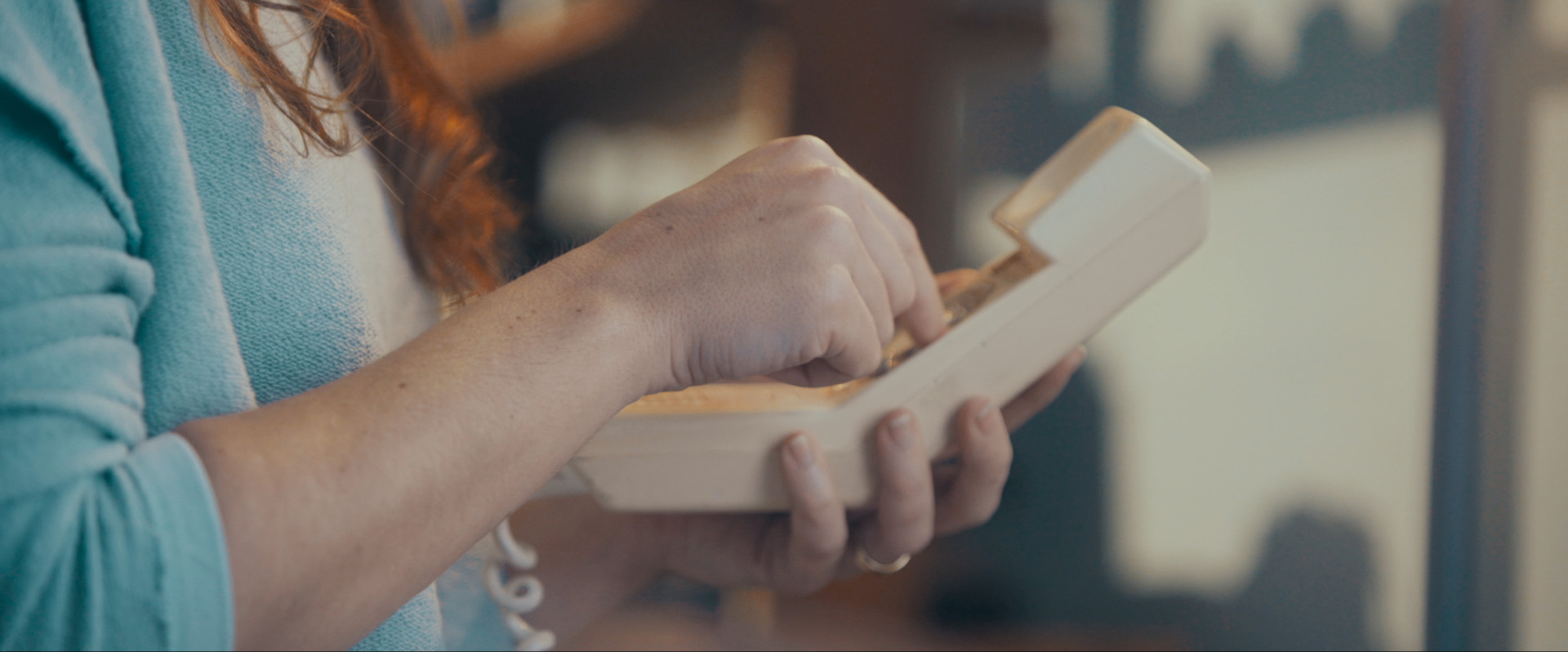
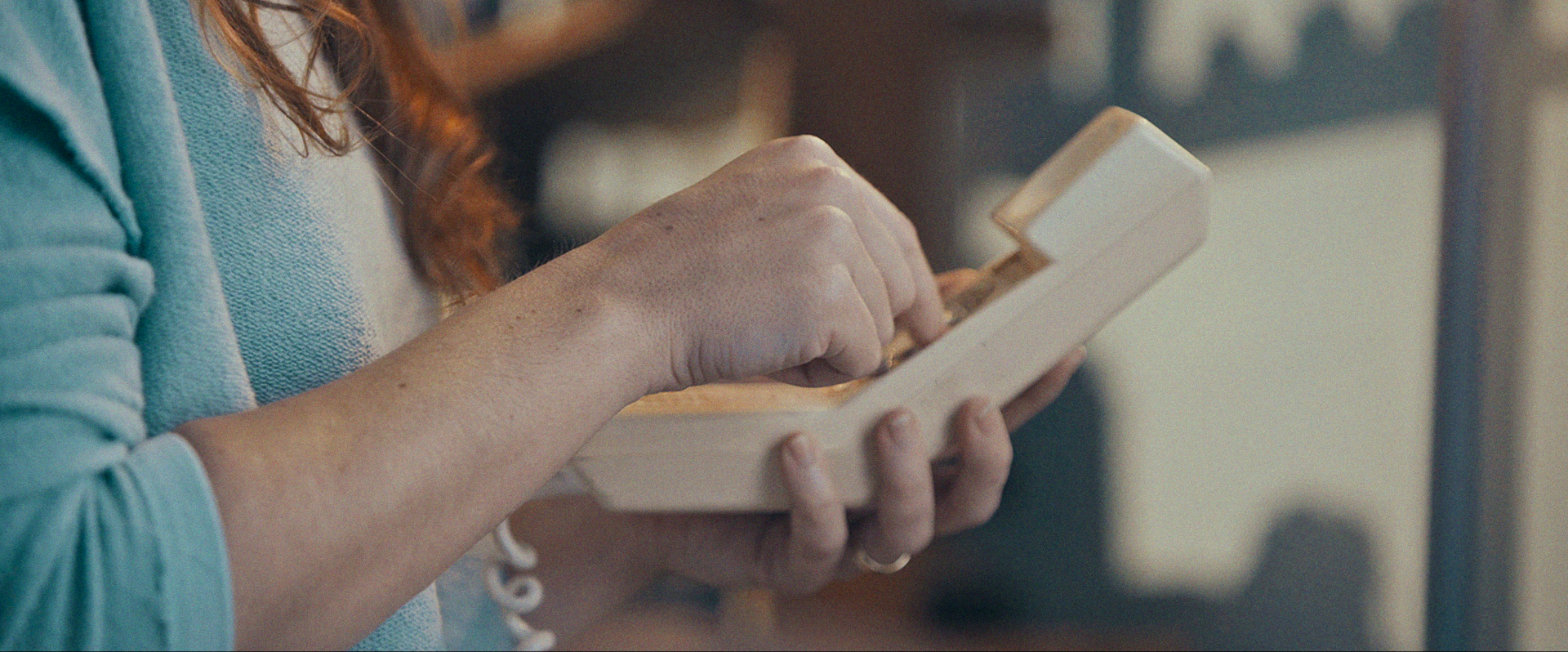
Example of constant Size, with 3 changes in Granularity and Variance

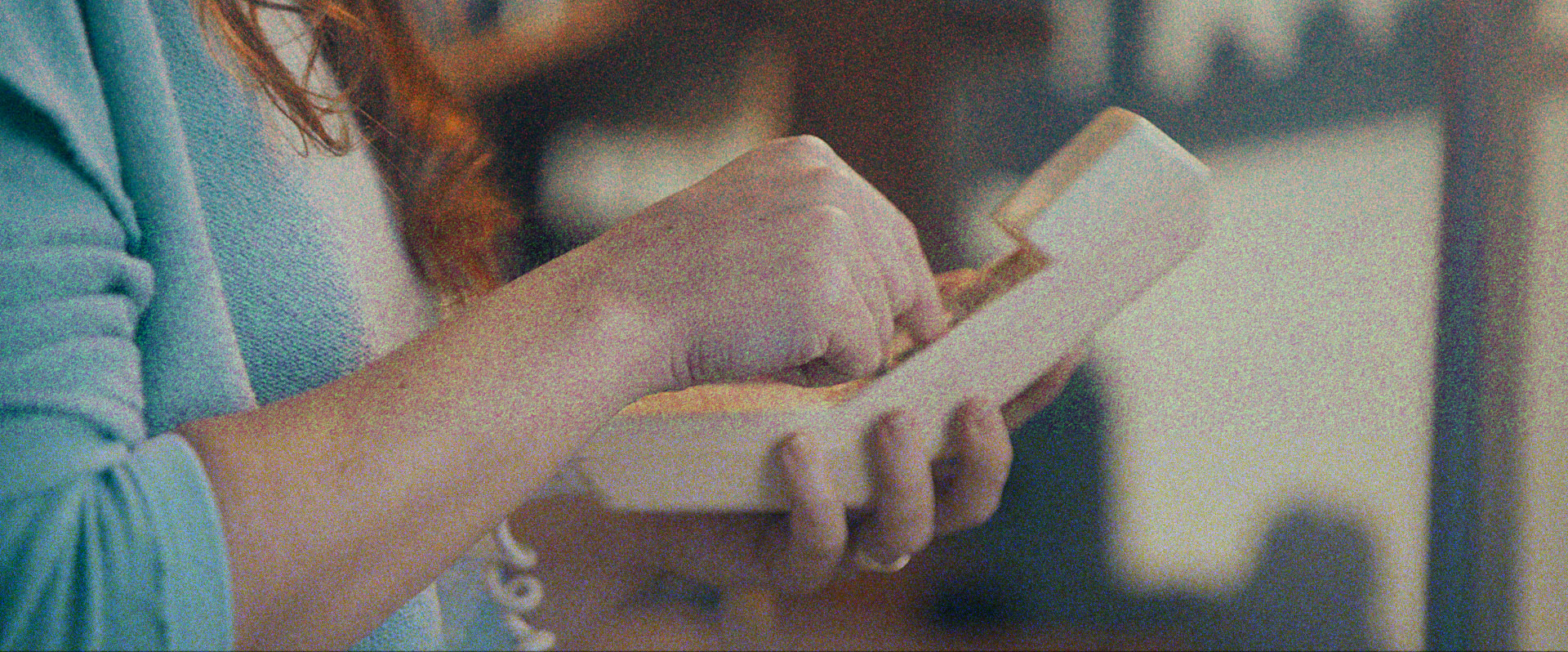
The Red (top), Green (middle) , and Blue (bottom) channel is shown with Granularity and Variance offset from the other 2 channels (with lower Granularity, and no Variance). Shown with proportionate changes in Granularity and Variance across channels, the composite’s relative channel strengths favors green (G: 72 %, R: 21%, B: 7%).
Example of constant Granularity and Size, with 3 zones exhibiting changes in Variance. Only green channel shown.


Low Variance (top), medium Variance (middle), high Variance (bottom). With an increase in Variance, the channel exhibits a wider grain density range, of larger shaped grain clusters. Shown with medium Granularity and small Size. The Variance effect becomes more pronounced with higher Granularity and larger Size.
Example of constant high Granularity, with 3 changes in Size.

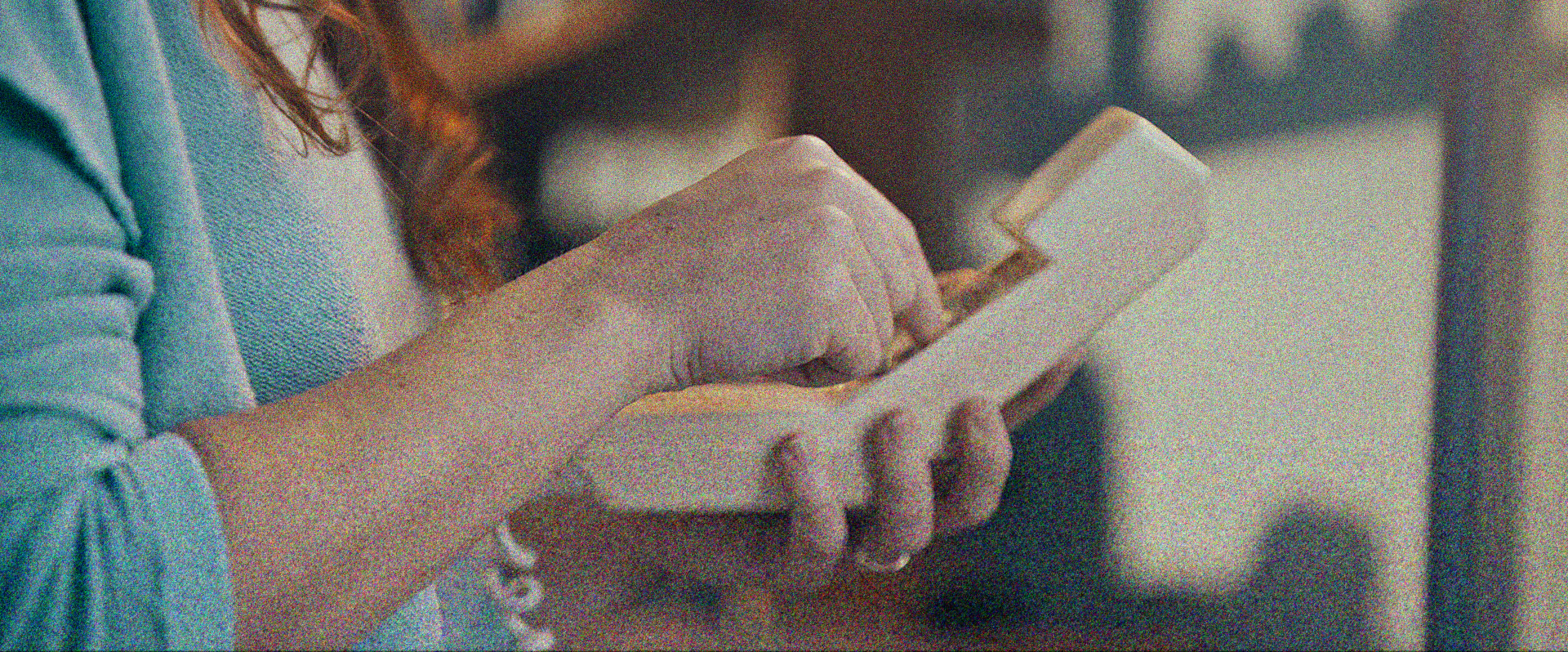
Small Size (top), medium Size (middle), large Size (bottom). High Granularity mimics the response of a fast film stock. Shorter exposures place grains in the more sensitive larger-grained layers of emulsions. It can be used to emulate the film lab’s soup, where longer development and higher soup temperatures favor larger grains.
Example of constant medium Granularity, with same Sizes as above

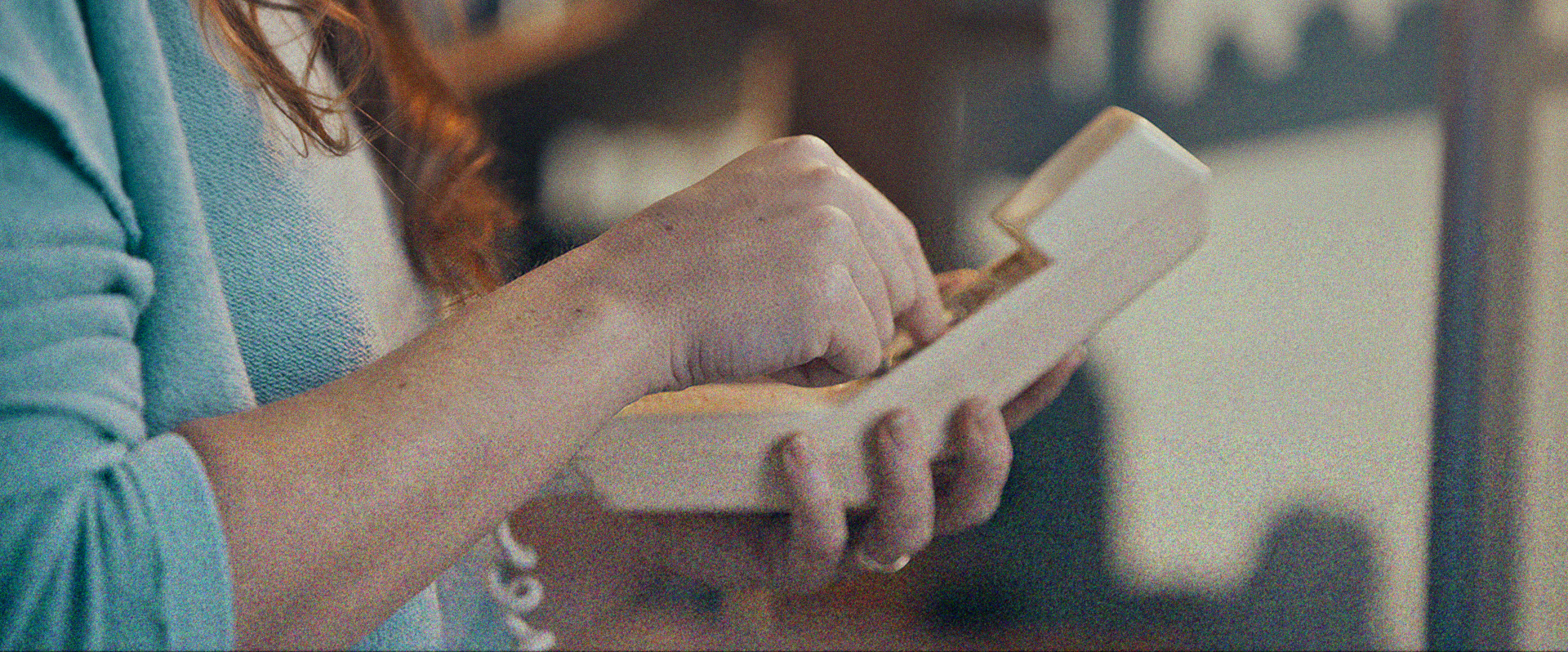
Small Size (top), medium Size (middle), large Size (bottom). Medium Granularity mimics the response of a medium speed film stock. Regular exposures sensitize grains mostly in the medium-grained layers of emulsions.
Example of constant low Granularity, with same Sizes as above

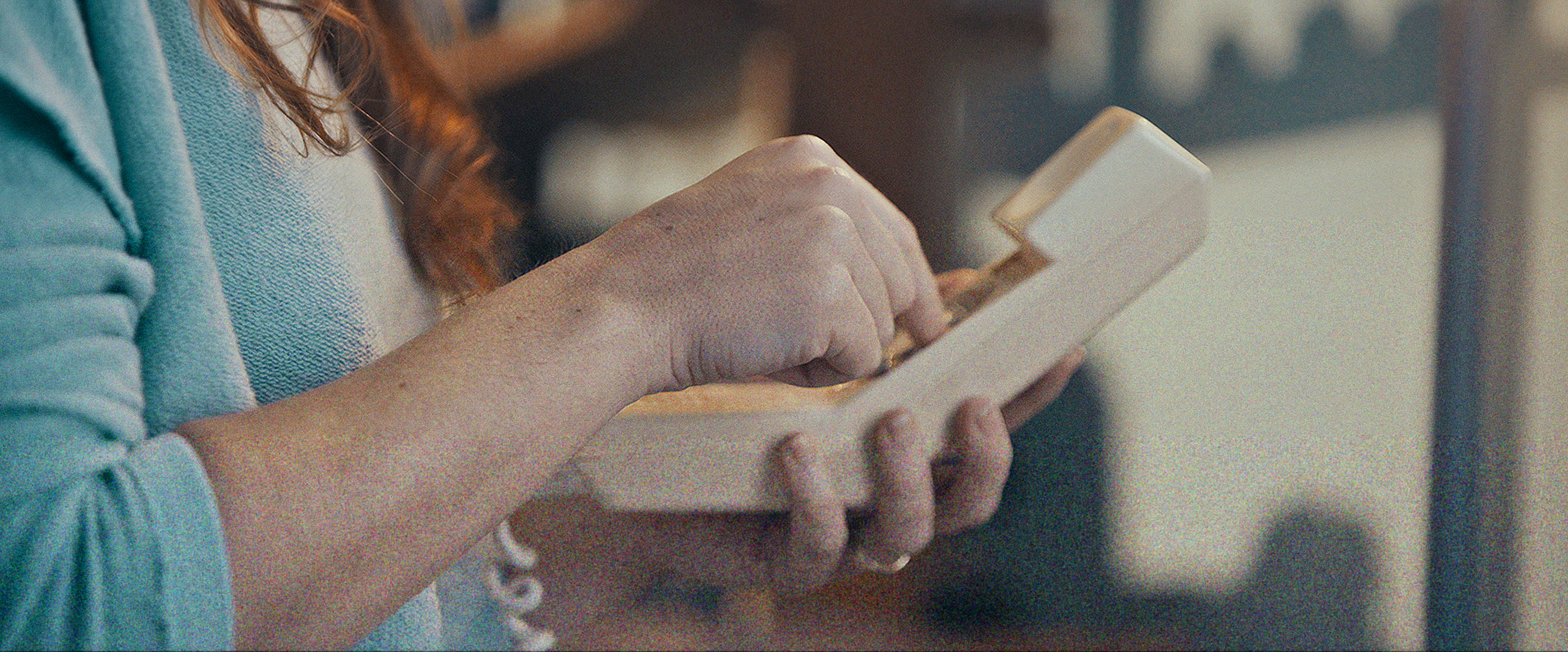
Small Size (top), medium Size (middle), large Size (bottom). Low Granularity mimics the response of a slow film stock. Longer exposures sensitize grains in the fine-grained layers of emulsions. Closer-spaced and more evenly sized grains lead to better defined dynamic ranges. It can also be used to emulate the film lab’s soup, where specific developers and pH can produce smaller grains.
Example of constant Size and Variance, with Granularity channel offsets

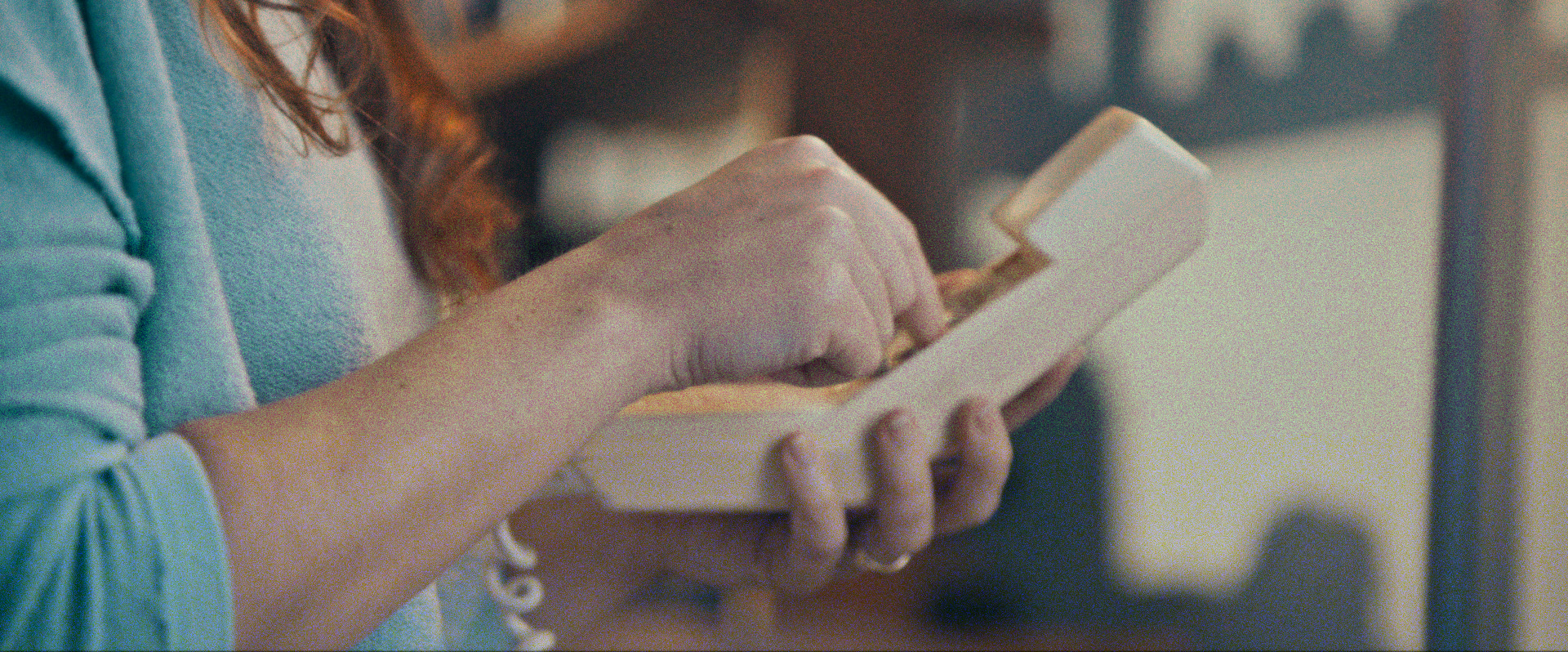
By offsetting the Granularity of 1 color channel relative to the other 2 channels, color casts are introduced (top Red, middle Green, bottom Blue) . Other casts can be introduced by offsetting Size, Variance, and Strength. Amongst other tasks, this can help remove orange casts when daylight balanced stocks are exposed under tungsten lights, or correcting for blueness when tungsten stocks are shot in daylight.
Example of constant Granularity, Size, Variance, Softness, with 3 changes in Strength

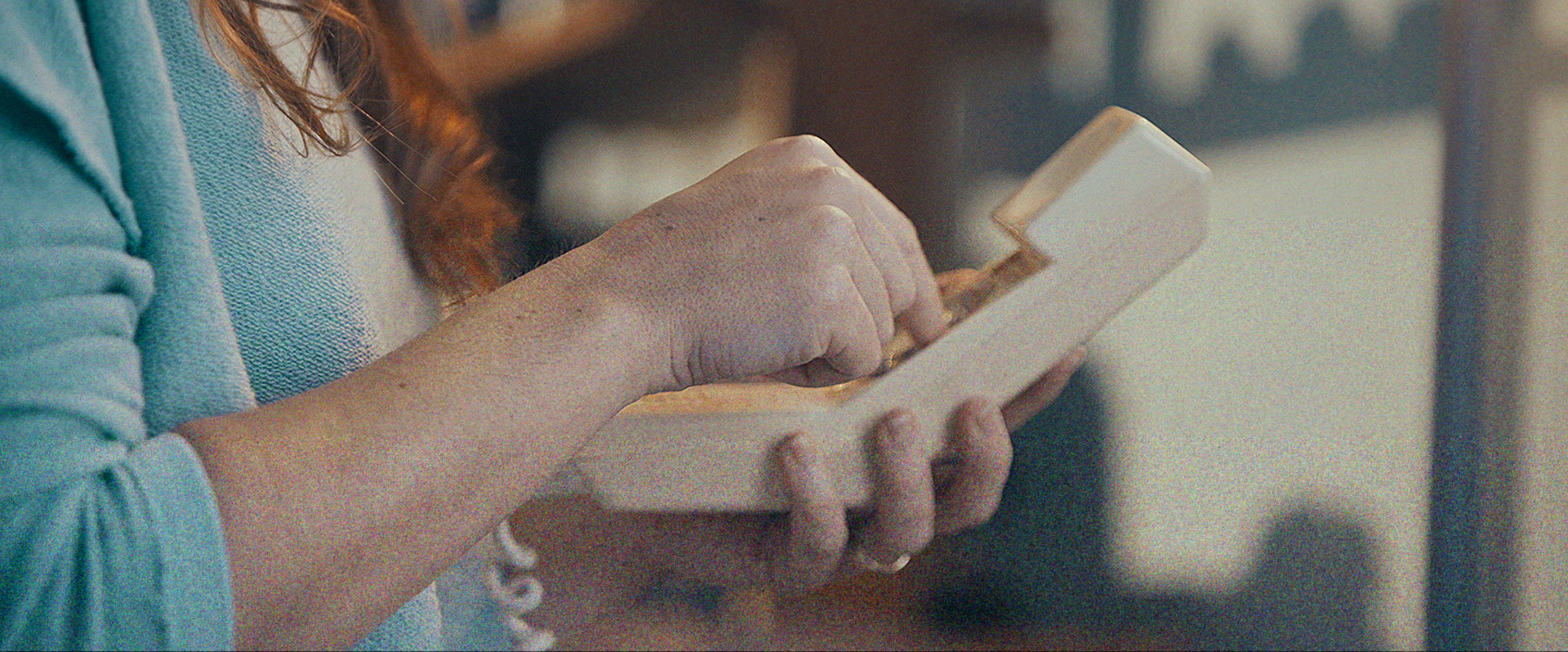
Low (top), medium (middle), high (bottom) Strength. This mimics film exposure, and lab processing developer variables. Strength can be varied between channels, which affects color balancing akin to color timing.
Example of constant Granularity, Size, Variance, Strength, with 3 changes in Softness

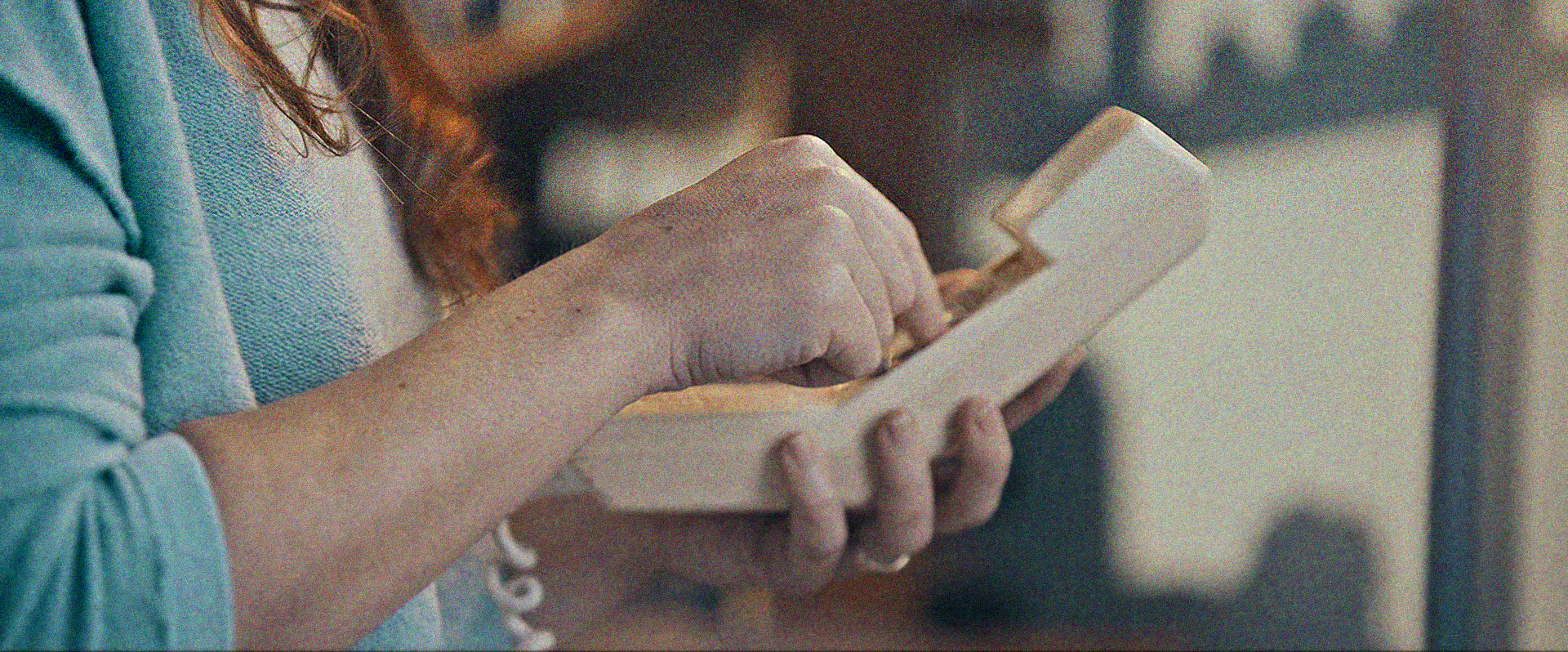
Low (top), medium (middle), high (bottom) Softness. Softness emulates camera lens diffraction, and resolution loss through lab contact printing. As Softness increases, natural looking film gate weave – or optical jitter – takes hold.
Example of constant Granularity, Size, Variance, Softness, and Strength, with 2 changes in Dispersion


Random monochromatic Dispersion (top), and random color Dispersion (bottom). Uniform static Dispersion patterns can be manually set. Mono patterns shift towards color the moment a grain control attribute is offset from the same attribute in another color channel. Independent of image content, this provides a wide tonal range for grains, from fully de-saturated grey to rich, vibrant, and fully-saturated color. Separately, luma-only derived grains remain mono irrespective of channel attribute changes.
Example with constant Granularity, Size, Variance, Softness, and Strength, with 3 changes in Texture Pitch

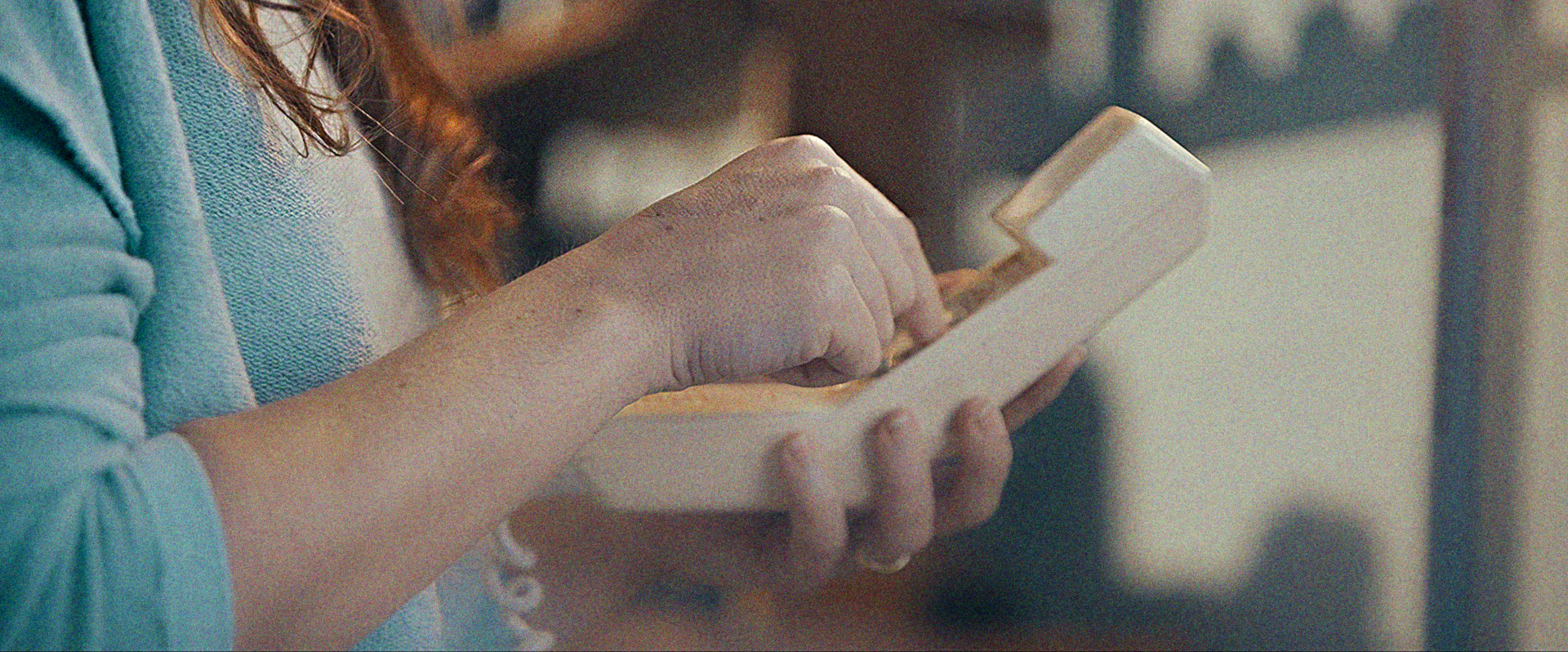
A ramp up in emphasis from medium to fine Textures (top), less of a ramp up in emphasis from medium to fine Textures with slight de-emphasis of broader Texture features (middle), with further reduction in emphasis of all Texture features (bottom).
Example of constant Reverator Grain parameters, with changes in Contrast, Gamma, and color Temperature
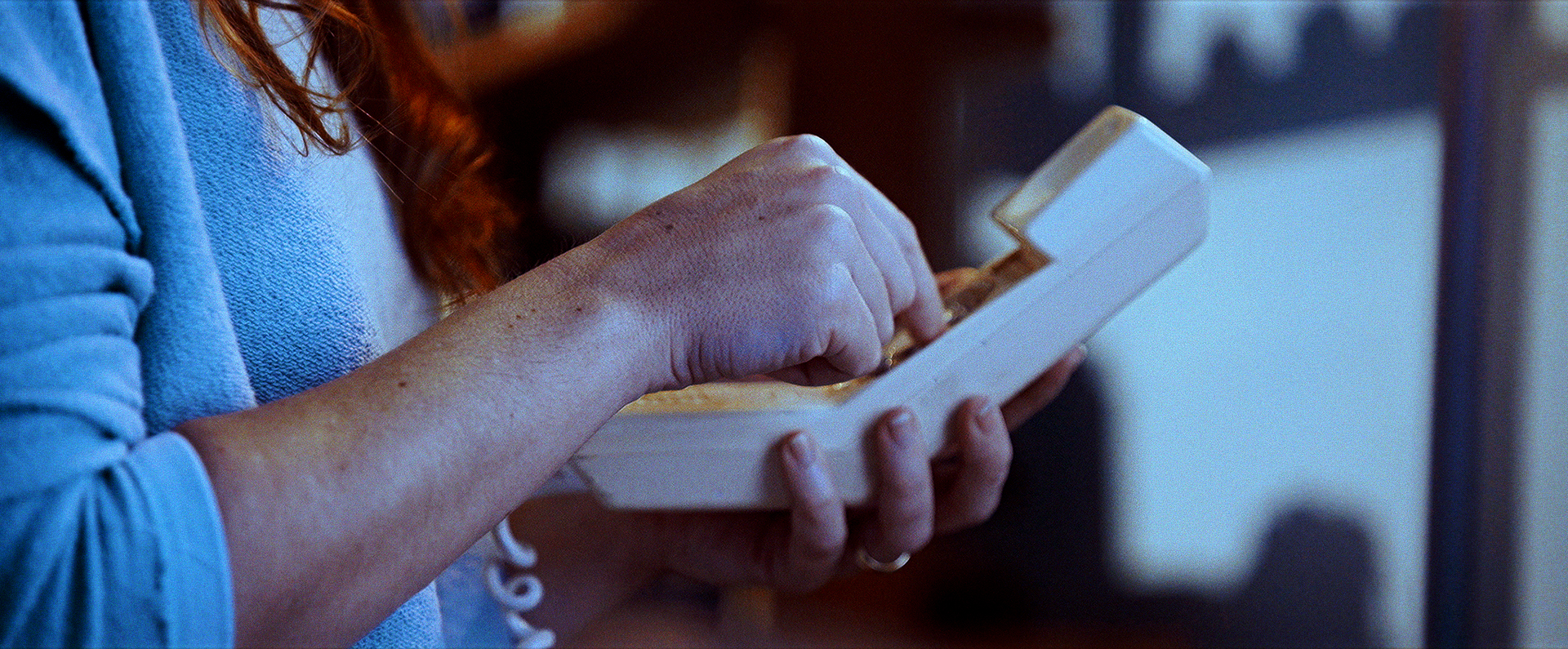
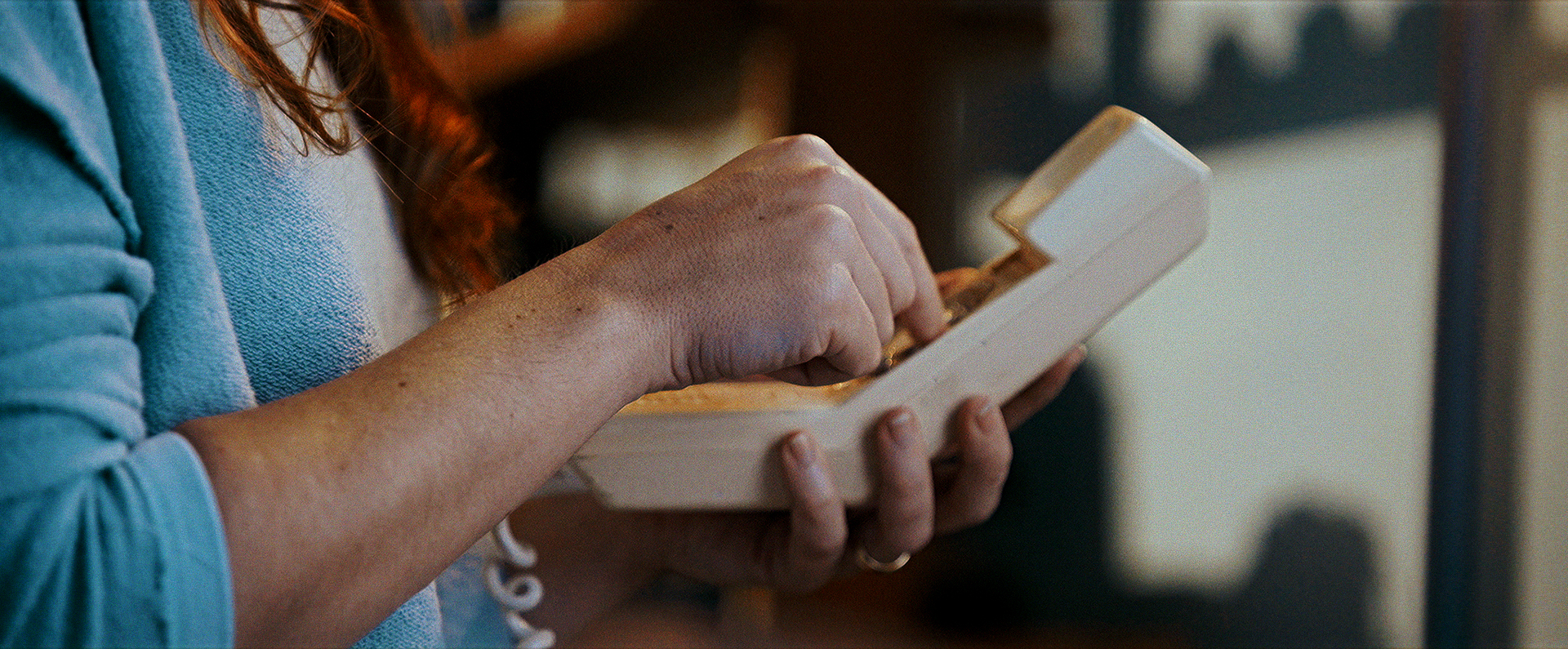
Reverator works in over 45 Camera and workspace gamuts. For best outcomes, Reverator’s Log, Gamma, Hybrid Log-Gamma, and Linear processing is LUT-Free. At 32-bit GPU floats per channel, Log clips can be processed in Linear, and Linear clips processed in Log.
